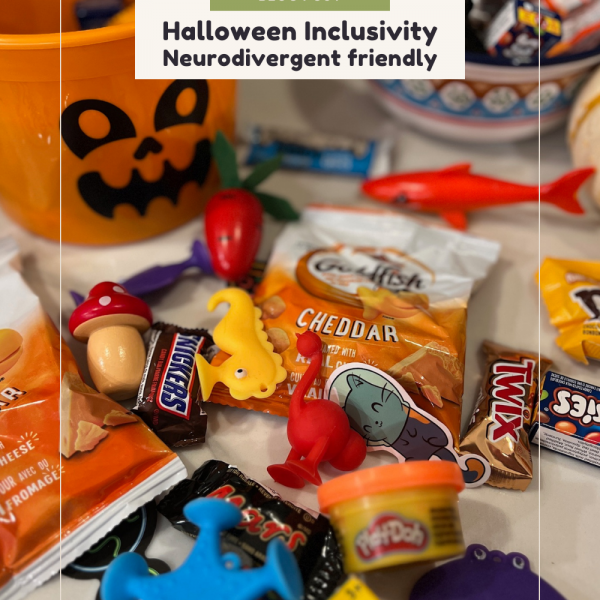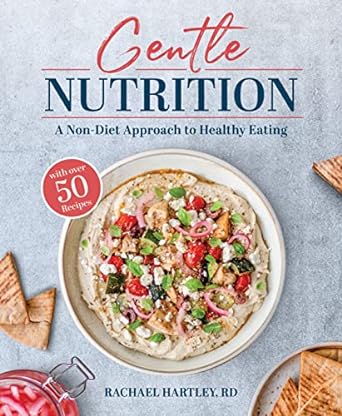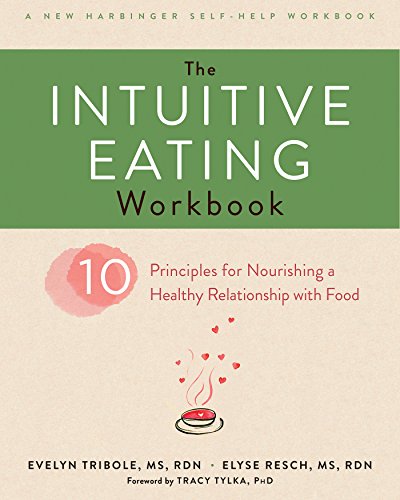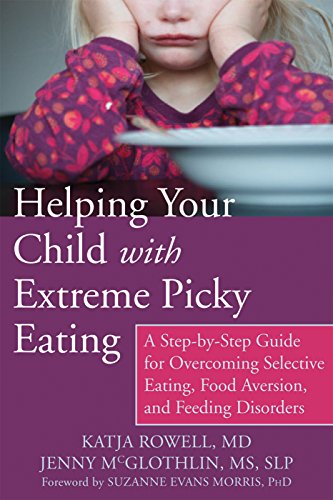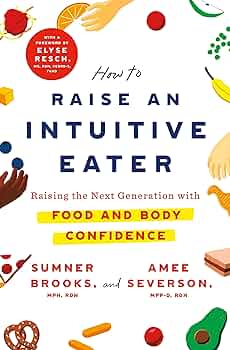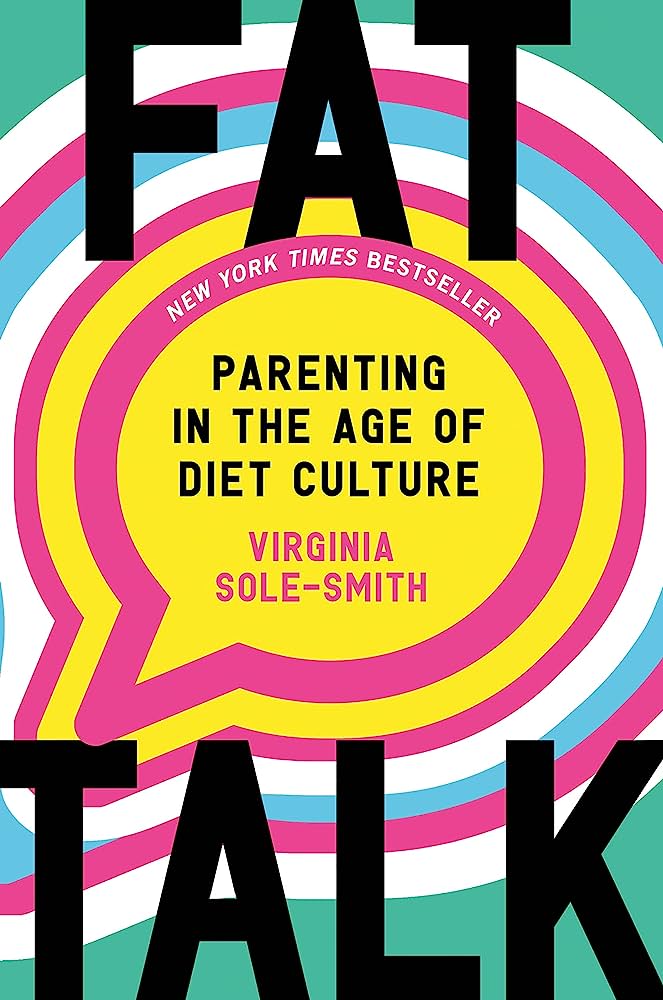In the blink of an eye, the school year is done and it is summer again. The warm weather means it is even more important to stay hydrated! With changes in schedules, increased activity and more time outdoors, it can be easy to forget to check in on fluids. Children are more prone to becoming dehydrated than adults but are more likely to ignore their thirst cues when they need fluids most – that’s why we’ve created some ideas for fun hydration to make this summer a breeze!

How Much Fluid Does Your Child Need?
| Child’s age | Volume in millilitres | Number of 8-ounce bottles or cups |
|---|---|---|
6 months | 950 to 1,000 | 4.0 to 4.5 |
9 months | 1,000 to 1,250 | 4.5 to 5.5 |
1 year | 1,200 to 1,350 | 5.0 to 5.5 |
2 years | 1,350 to 1,500 | 5.5 to 6.5 |
4 years | 1,500 to 1,800 | 6.5 to 7.5 |
Please note that this table provides average fluid intake for children in these age groups as a reference and individual needs will vary.
Hydration For Babies
Human milk and infant formula is comprised of mostly water and the nutrients needed for babies to grow and develop. For infants 0-6 months old their hydration needs are met exclusively by human milk and/or formula and should not be given water. Infants in this age range should be offered feedings when they are showing hunger cues. In warmer weather babies may cue more frequently for feeding than their typical schedule, continue to offer additional feeds as needed. Once your baby is developmentally ready to start solid foods is typically when they are also ready to try drinking water. Water under one year old is optional, if your baby is growing normally you can offer 1-2 ounces of water at a time in an open cup and increase this amount as they get older.
Hydration is More Than Just Water:
Water isn’t the only thing that keeps your child hydrated. All fluids count as a source of hydration, including:
- Breast milk & formula
- Milk & milk alternatives
- Soups & broths
- Jello
- Juice and carbonated drinks
- Popsicles
- Smoothies and shakes
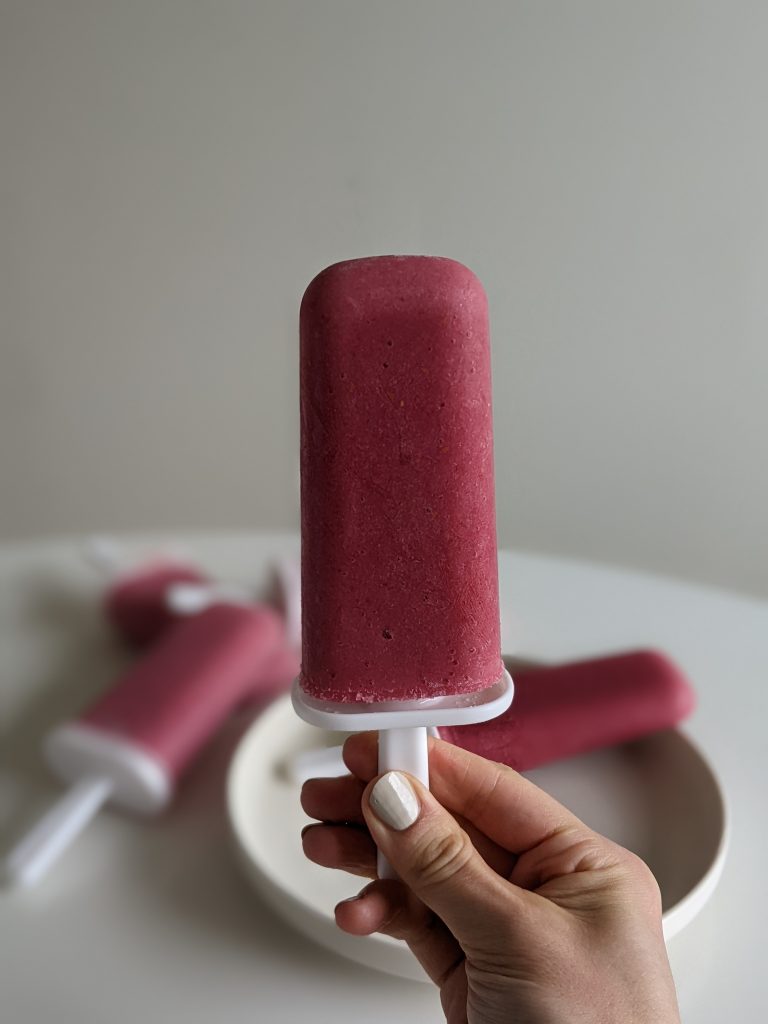
Optimize Hydration With Water-Rich Foods:
Many foods also contribute to hydration especially most fruits and vegetables. Here are some water-rich food sources to include in your child’s diet:
- Zucchini
- Grapefruit
- Iceberg lettuce
- Celery
- Strawberries
- Blueberries
- Cantaloupe
- Cucumber
- Tomato
- Watermelon
- And many more!
Fun Tips to Encourage Hydration:
We get it—sometimes water is boring! By making it more exciting, kids are more likely to consume more and keep up with the increasing needs in the summer. So, how can we make water more fun?
- Ice Cubes: Add some excitement to their cups and water bottles with some ice cubes in fun shapes! You can even add some colour to the ice cubes using frozen fruit chunks (be careful with fruit chunks with younger ones; you can ensure the bottle they are using won’t suck up any pieces they may choke on!) to make it more appealing. Or you can mix some juice into your ice cubes and add some fun flavours to your child’s water. Let them help you make the ice cubes – the more involved they are with the process, the higher the chance they will want to sip on their finished product during the day. (We added frozen fruit to ours below!)
- Popsicles: These can be a fantastic way to help with hydration, especially in the summer. You can make your child’s favourite flavours at home using pureed fruits or mixing juice and water – try adding chunks of fruit for extra excitement!
- Fancy Straws & Water Bottles: Using colourful and fun-shaped straws can draw a child’s interest in drinking water. You can also let your child decorate their water bottle with fun stickers to make reminders about water more easily remembered.
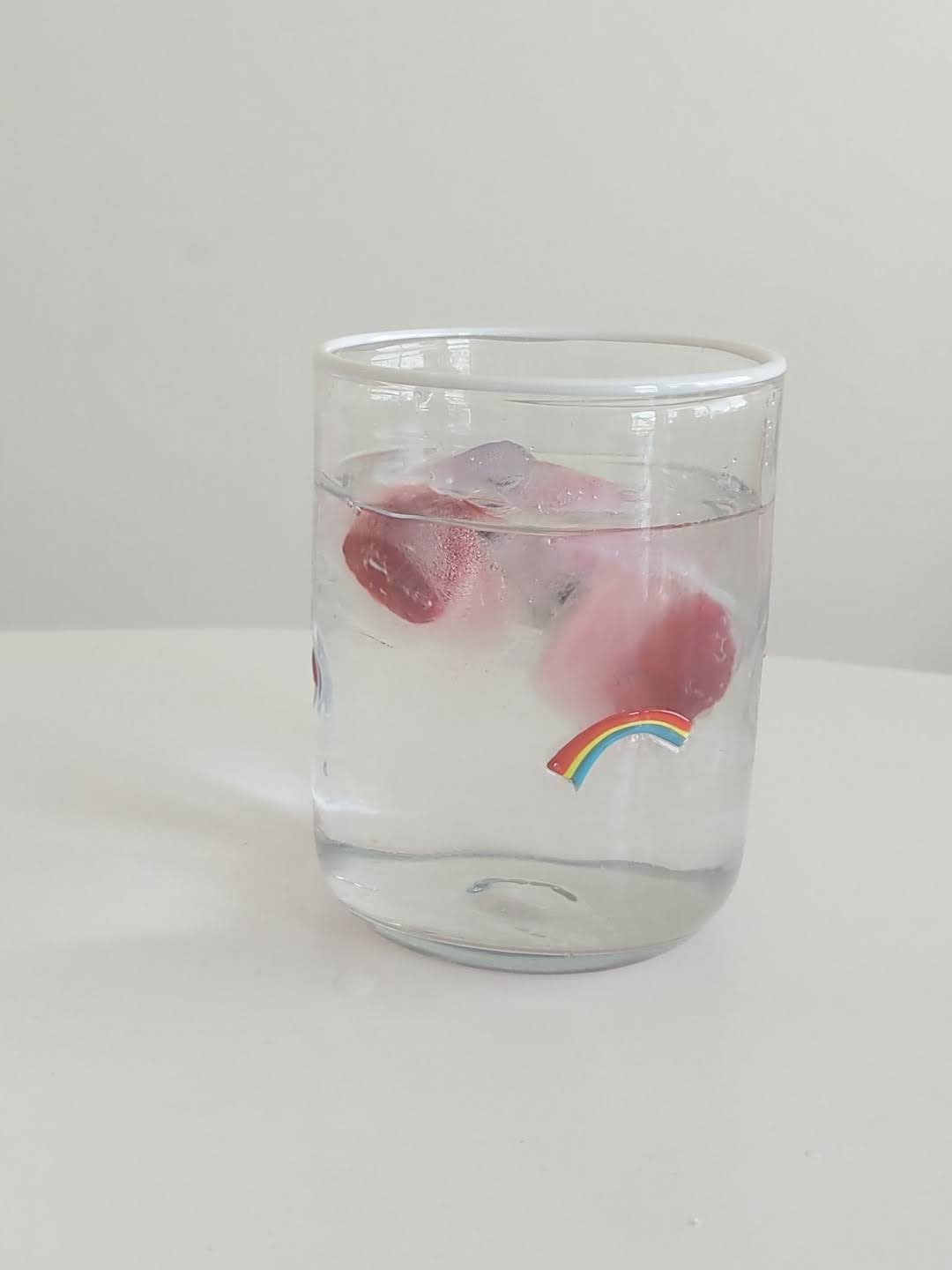
Sensory Sensitive Considerations
If you are exploring or travelling with a sensory sensitive or supertaster child, this can place some additional challenges on keeping them hydrated. They may notice that the water at the summer cabin or waterpark fountain tastes different than what they are used to which can discourage them from drinking enough. Practice exposure to drinking water from a pitcher that is kept in the fridge as opposed to straight from the tap. Take the same pitcher to your vacation stay if possible. Try packing familiar beverages such as their favourite flavoured sparkling water, juice boxes or bottled water even if this isn’t your usual practice at home. Remember that these packaged items often provide consistency for our sensory sensitive children and can offer them familiarity in a new place.
Recognizing Dehydration in Children
It can be challenging to see signs leading up to dehydration in kids, especially when they may not always communicate their needs. Your little one might not always express their thirst, so it’s important to encourage regular consumption of hydrating beverages and foods.
Some symptoms to watch out for include:
- Cracked lips
- Dry mouth
- Sunken eyes
- Constipation
- Dark urine
- Headaches
- Lethargy
- Fatigue
- Thirst
- Less frequent urination
- High sweat losses
- Flushed or red cheeks
- Warmer to touch or fever
- Sunken fontanelle (for infants)
- Significant behavioural changes
When Should I Use Electrolyte Replacements?
In most cases, increasing fluid intake is sufficient when your child hasn’t had enough hydration. However, if your child is experiencing excessive sweating, vomiting, or diarrhea, or other signs of more significant dehydration, this can indicate the need for a prompt rehydration strategy. Oral rehydration solutions, also known as electrolyte, rehydration or sports drinks, can be helpful when losing too much body water (examples include Pedialyte & like brands). It is typically safe for your child to consume electrolyte and sports drinks in normal amounts even if they are not showing signs of clinical dehydration (see nutrition labels for product dosage). Please be sure to seek medical advice if vomiting or diarrhea persists over 24 hours and/or your child is unable to consume fluids.
Gentle Reminders
Increasing temperatures and activities make it critical to stay on top of your child’s hydration (and your own!). Make sure to offer fluids throughout the day, even when your child doesn’t seem thirsty. Regular sips of water or consuming hydrating snacks can make a big difference in keeping your little ones healthy and happy during these hot months. By staying proactive, you can keep those sunny days full of energy and fun!
We hope you enjoy a happy, hydrated summer!

Disclaimer
Information provided by our dietitians is for general education and is not medical advice.

